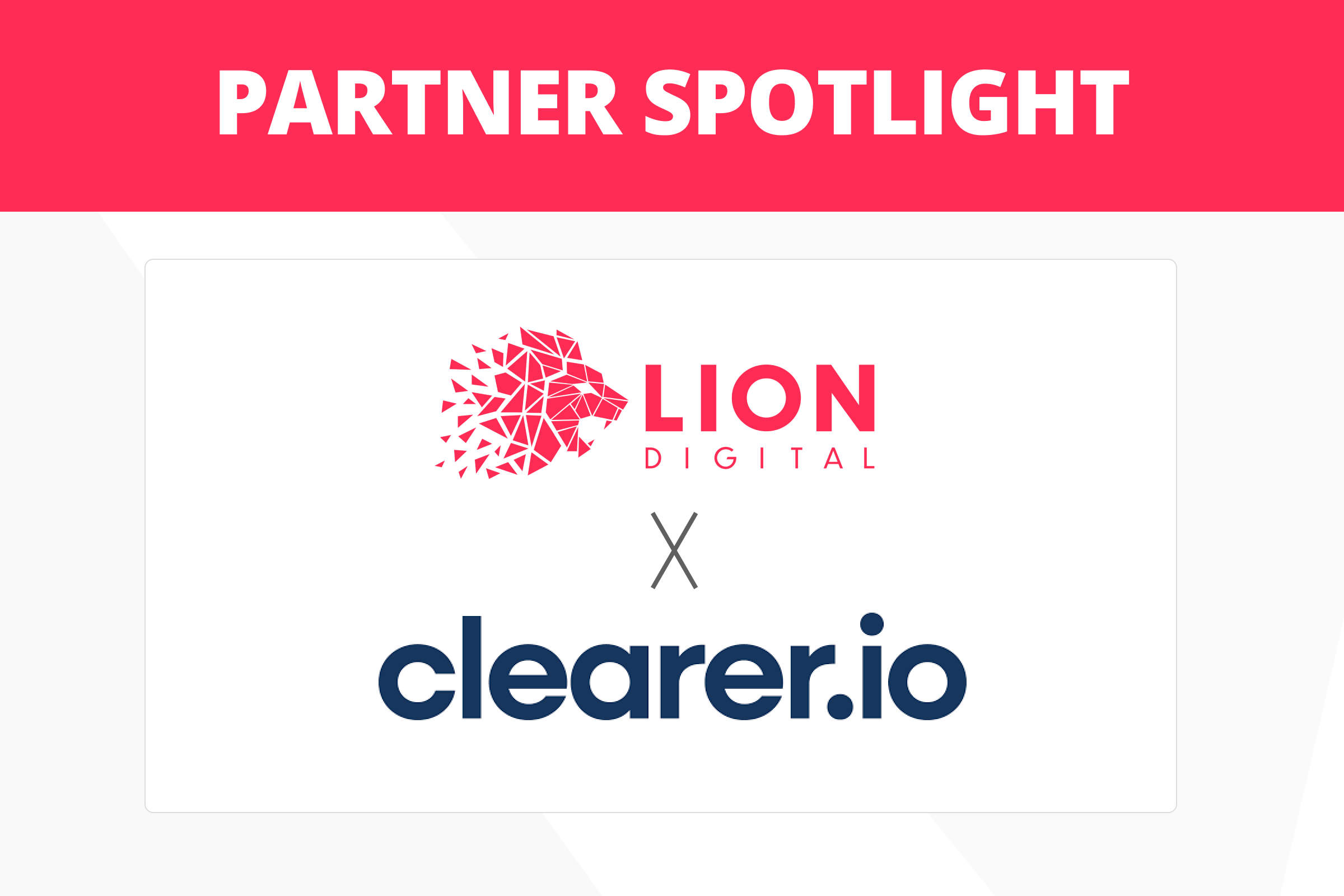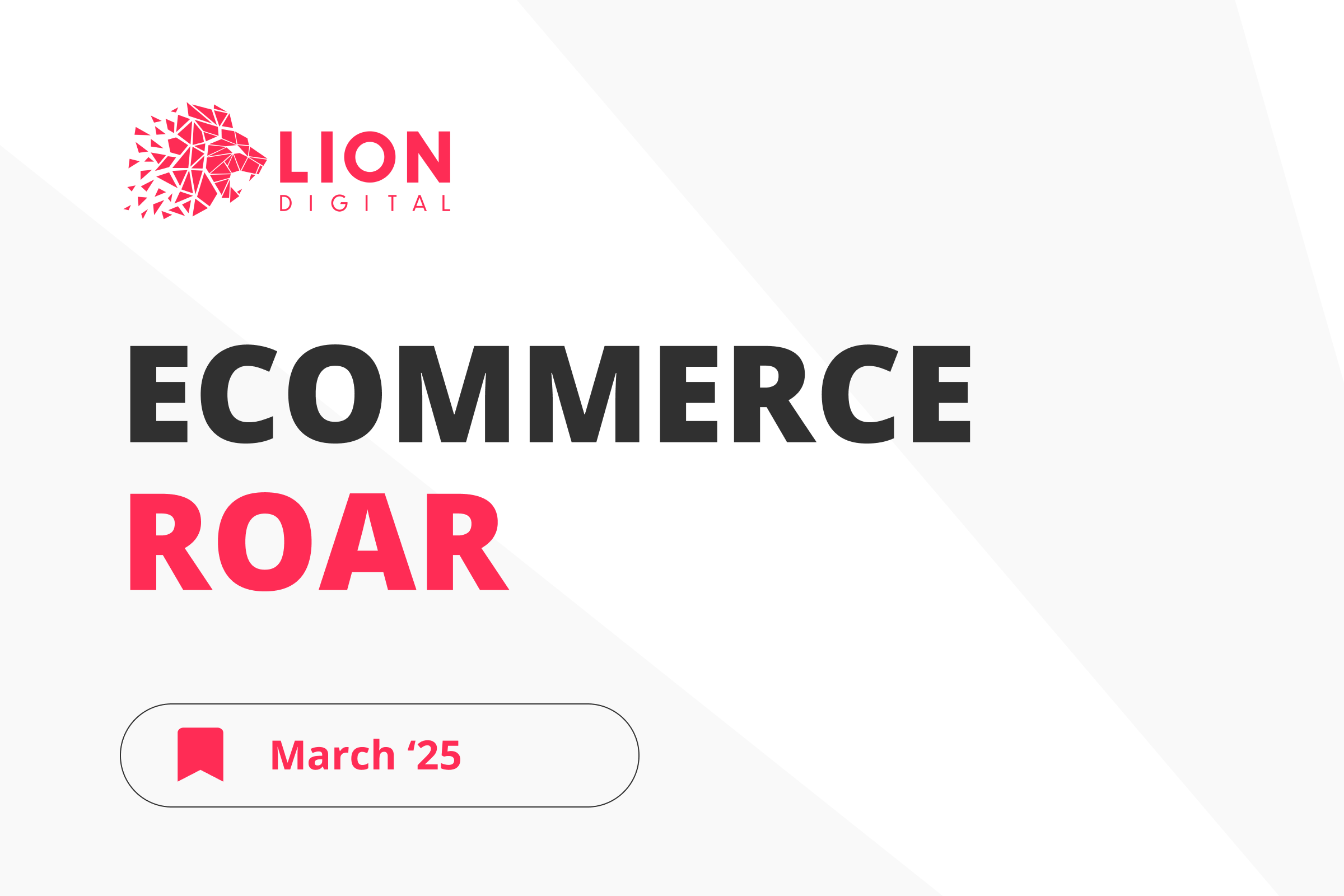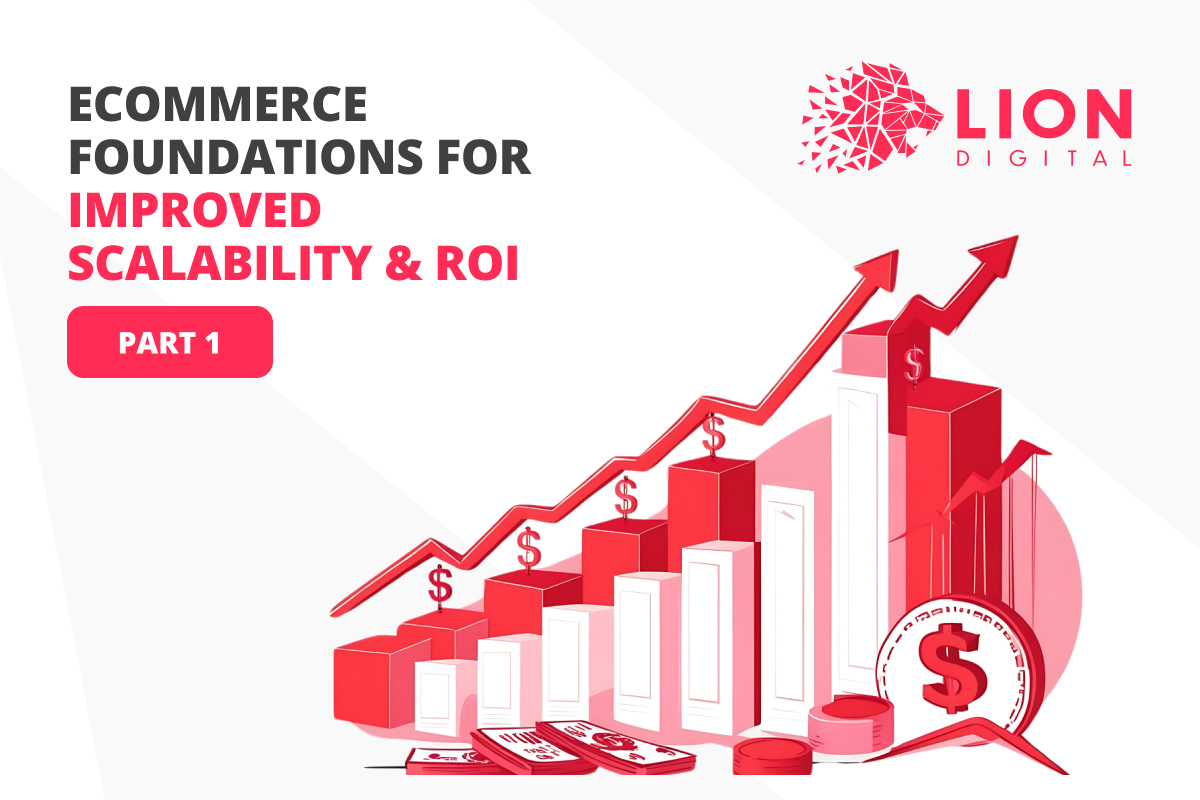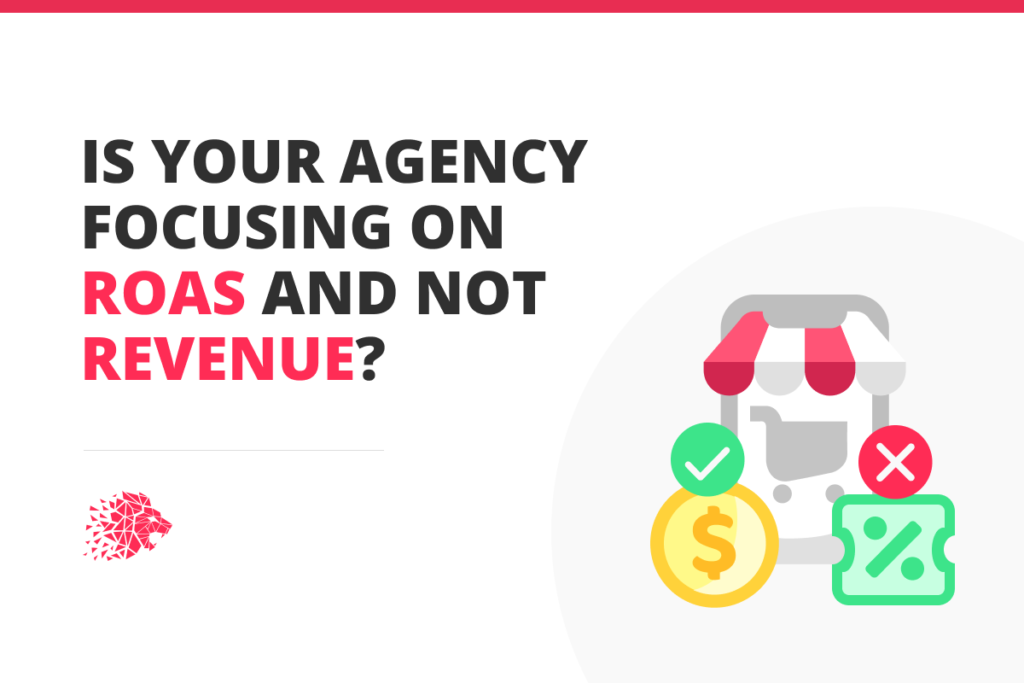
As the cost of paid media advertising has increased over the last 2-3 years of exaggerated eCommerce usage, we have seen Cost Per Clicks (CPC’s) rise at an exponential rate as businesses scramble, fight to acquire market share & increase top-line revenue. As a result of this, we saw the ability to maintain a decent Return On Ad Spend (ROAS) be put in a comprising position were to maintain the ROAS, the business may have to sacrifice top line & paid media revenue contributions.
This now has created a fork in the road that feels like more of an ultimatum for the business, that it must either choose an acceptable ROAS with slower revenue growth of 5-10% YoY… or a historically below average ROAS with strong revenue growth of 20-30% YoY. A common example that you may be focusing on the wrong goal is if your ads account ROAS is growing, but your full site revenue may be stagnant or even in decline over the same period.
Here at LION Digital, we have seen both of these scenarios play out & neither of them is good or bad, right or wrong. Your agency should be having an in-depth conversation with your monthly/quarterly about what your true business goals are overall. It needs to be about more than just monthly budgets, monthly revenue targets, new product launches & increasing awareness of your product/service. We need to be setting goals for 1,2,3 years into the future & then reverse engineering them to work out micro checkpoints that will lead you to your macro goal. This may seem like common knowledge but somewhere along the line, digital marketing has been misconstrued that more money & big changes equal big returns & big improvements. Sadly this is not true.
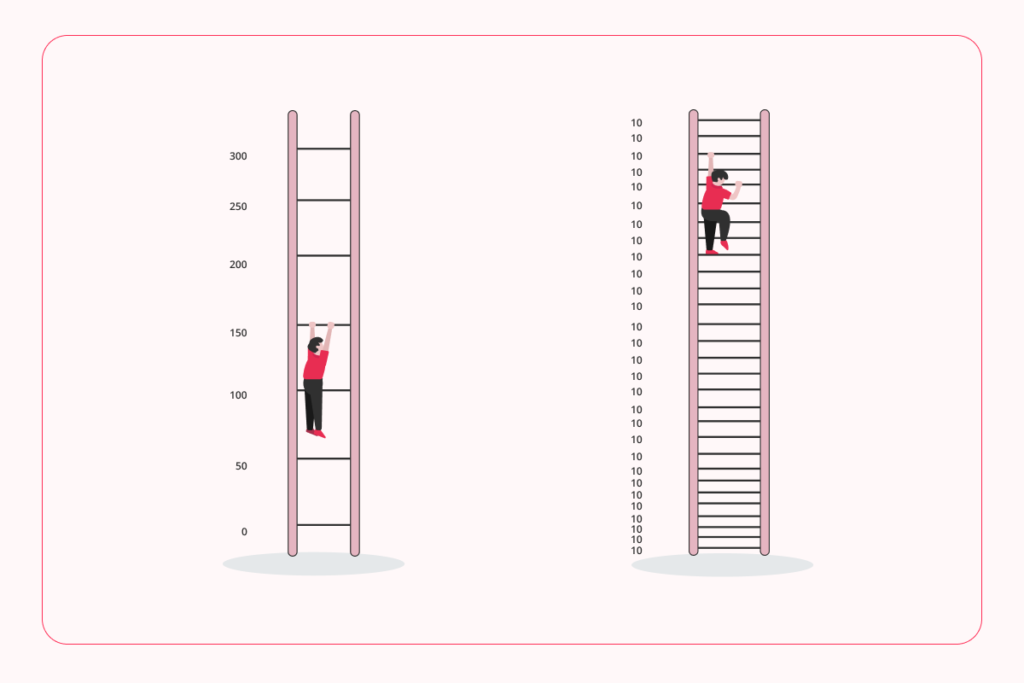
This put digital media agency’s in an interesting position where they can no longer pump out a 1 size fits all approach & even the small businesses entering the online market need to have an in-depth understanding of what they are looking to get out of their marketing.
In this article, we’ll cover the most important points to consider when identifying goals for your business’s growth in 2022 & beyond.
Firstly, let’s break down what is Return on Ad Spend (ROAS) & if it is the right goal for the business at this stage in its life cycle.
When we have a new client start at LION, the most common strategy we implement is to spend 1-3 months optimising the account to an acceptable ROAS we have set with the client & doing an in-depth technical audit to ensure that when it comes time to scale, that we don’t have any issues behind the scenes that will hamper our ability or cause amplified inefficiencies. This is the most common issue we uncover in new accounts we onboard from other agencies, they have tried to scale in the past but the agency hasn’t done anything apart from putting the budgets up & hope for the best. Although some technical aspects may be time-consuming for LION lay a solid foundation by mastering the basics, we have found this is the only way to ensure long-term success.
Once we have created a stable foundation, we begin to set multiple KPIs, benchmarks & goals to work towards in manageable steps. One of those KPIs is ROAS & it can be looked at in two ways based on your business/industry/season/market conditions:
- Firstly, you may use ROAS as an indicator of inefficiency to protect your margins. This has been important for the last 2-3 years with increasing supply issues, logistics costs increasing & margins getting thinner.
- Secondly, you may use ROAS as a floor metric for performance that you do not wish to drop below while trying to maximise revenue.
Neither of these approaches is good or bad, right or wrong. You simply need to be honest about what would benefit the business in the short vs long term.
In terms of what approach you chose & what the ROAS could look like are vastly different from one industry to another. The main points that drive differences are:
- Cost Per Click (CPC), driven by the level of competition
- Average Order Value (AOV) of your online business
- Total Ad Spend Budget (Cost) Allocated across the account
- Types of campaigns running, Brand/PMAX/Shopping/Remarketing/Display/Search
It’s important we cover this, as these metrics will heavily influence your ROAS metric & overall results. The most overlooked point is simply what types of campaigns are running & do they align with the goals/approach you’re working towards. This point is the bread & butter of why there is a trade-off between ROAS & Revenue.
For example, if we were to focus on ROAS, the budget split would be more towards retaining market share, retention, loyalty & efficiency of ad spend. This would likely skew the spend towards PMAX/Shopping/Remarketing & maybe some niche search campaigns.
On the flip side, the more the ad account tracks into the generic search keyword territory, the competition is going to be higher, the conversion rate will be lower & ad costs will likely increase. The results will be similar if the ad account tracks more towards Display ads, Youtube & broad awareness marketing.
However, these campaigns still have value & will likely contain the highest % of people who haven’t yet bought from you. It’s imperative that if you do decide to spend money on these campaign types, you have price competitiveness, stock availability, unique selling points, reasons to buy from you over a competitive & lastly, a suitable budget for a minimum of 1-3 months of ad run time.
That last point is crucial as paid search is vastly different from social ads in that the longer your ads run, the better your reputation, expected clickthrough rate & bounce rate becomes. This will improve your ad relevance in the eyes of Google & allow you to creep up the paid rankings over time. Unfortunately, in paid search in 2022, there is very little likelihood that dropping $10k into broad keywords on Black Friday is going to reap the business any type of results if you don’t have any form of foundation from previous months’ work.




